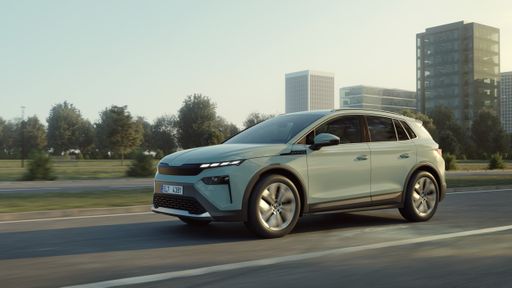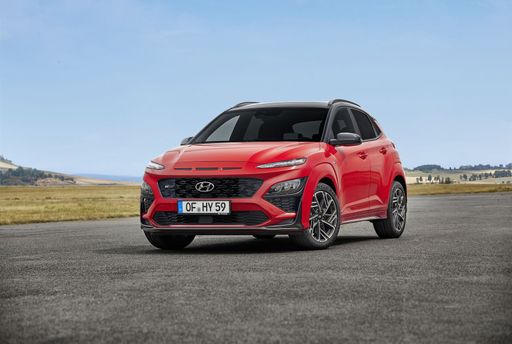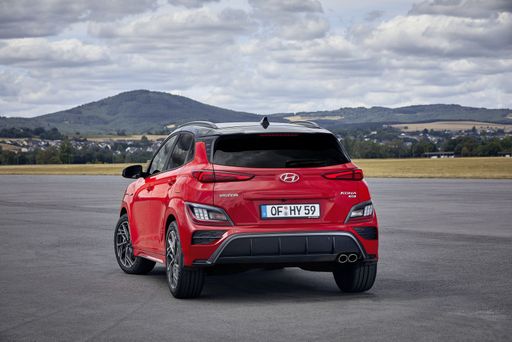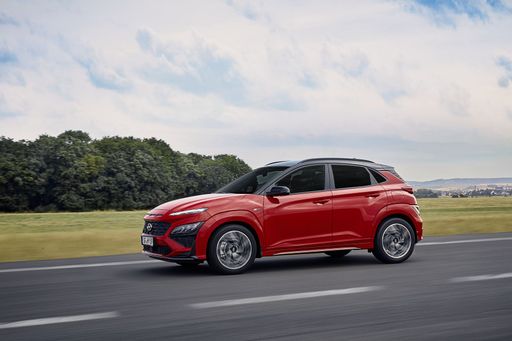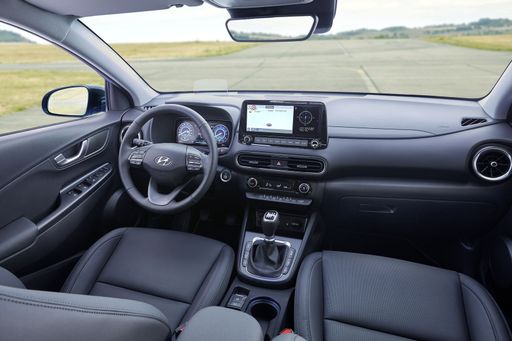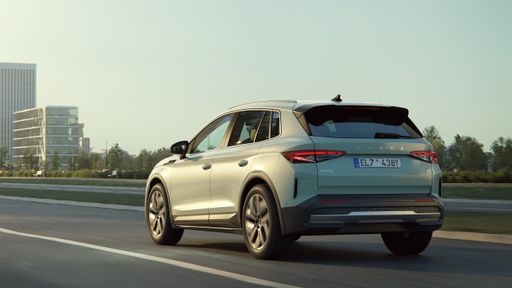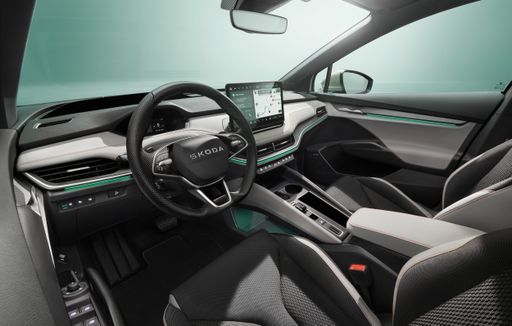Hyundai Kona vs. Skoda Elroq: A Comprehensive Comparison
The automotive landscape continues to evolve, especially with the increasing popularity of SUV models that combine utility and style. In this midst, two strong contenders, the Hyundai Kona and Skoda Elroq, have emerged, captivating the attention of consumers worldwide. This article dives into a detailed comparison of these two vehicles, highlighting their technical aspects, innovations, and overall appeal in the market.

